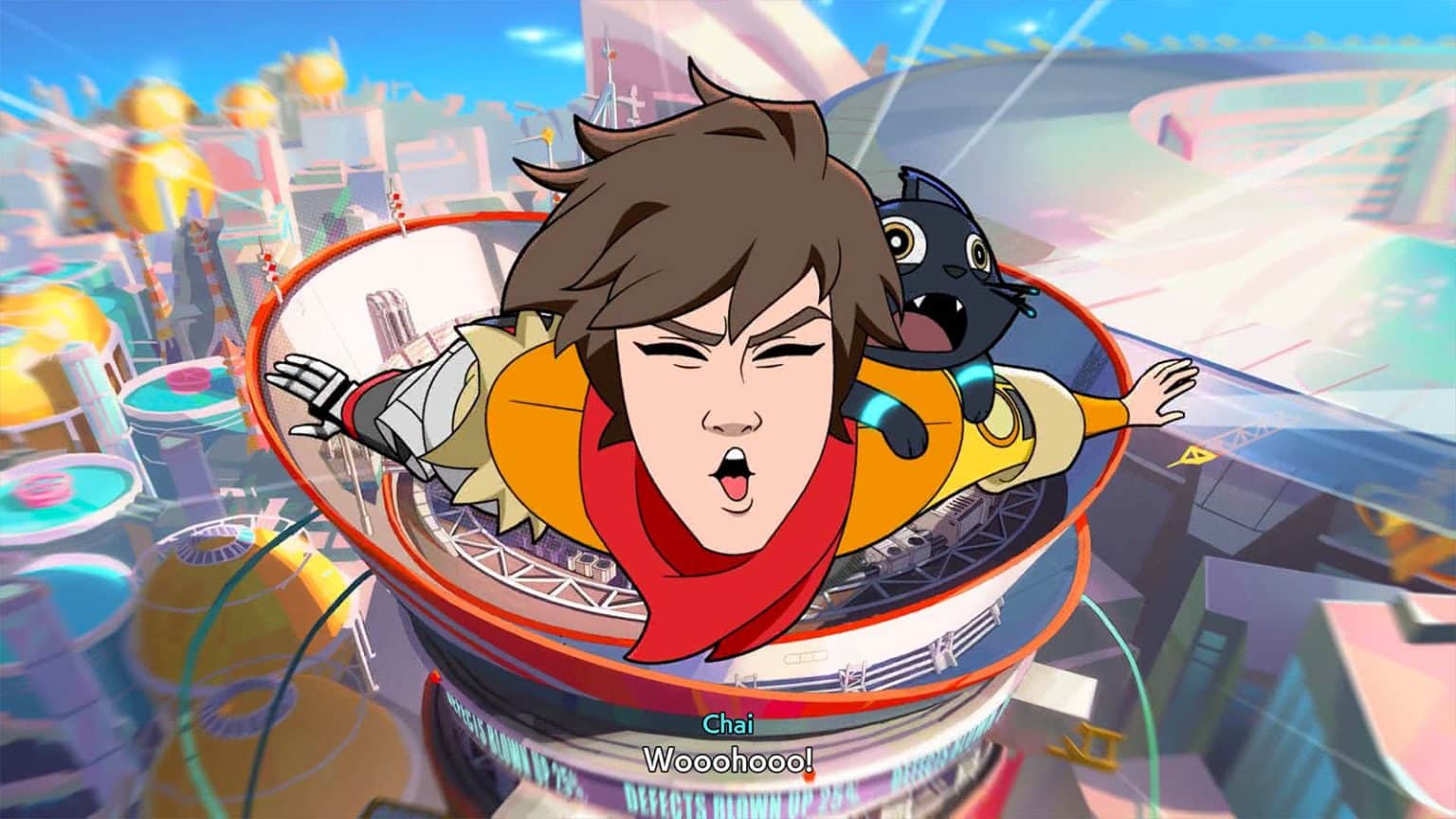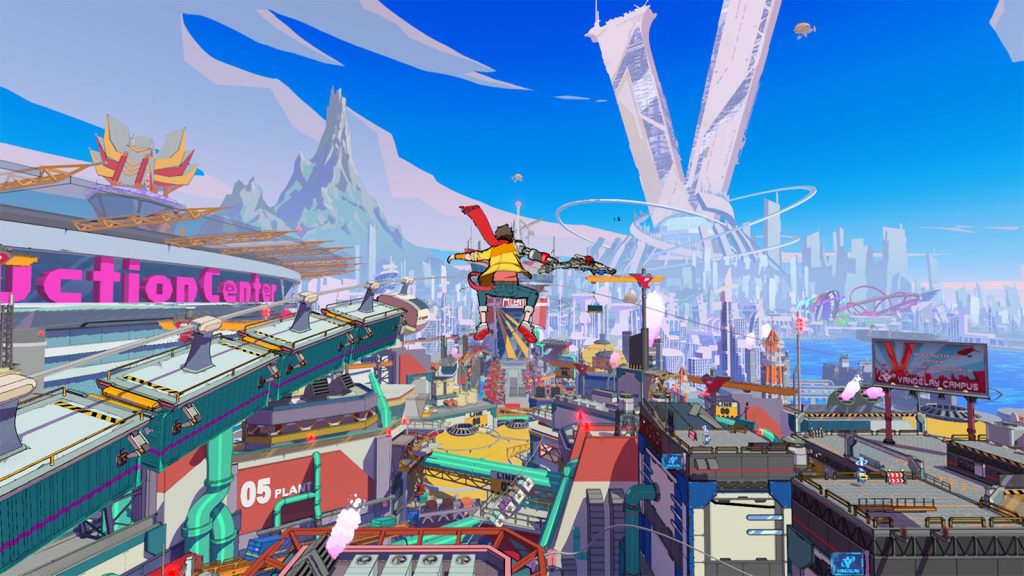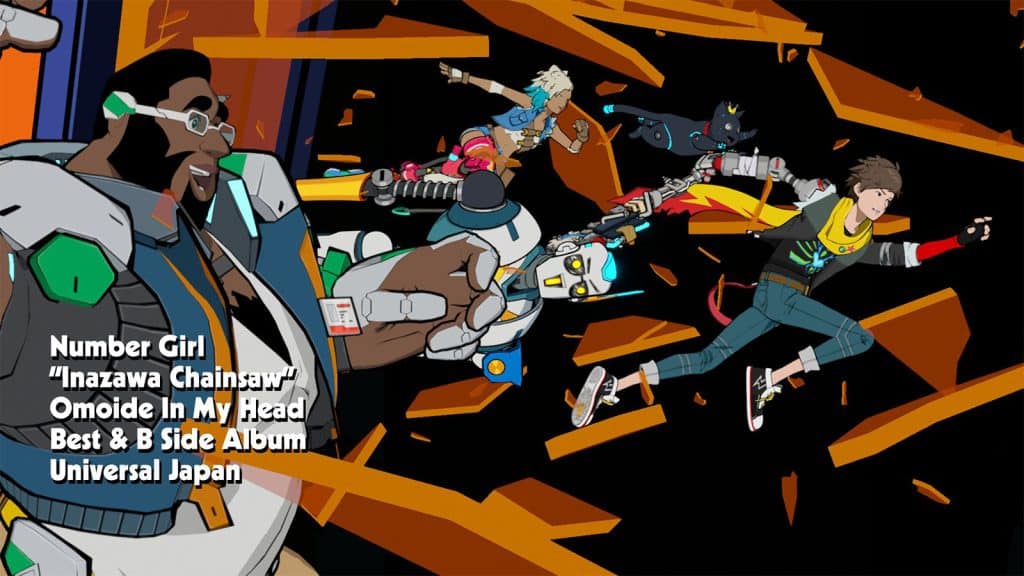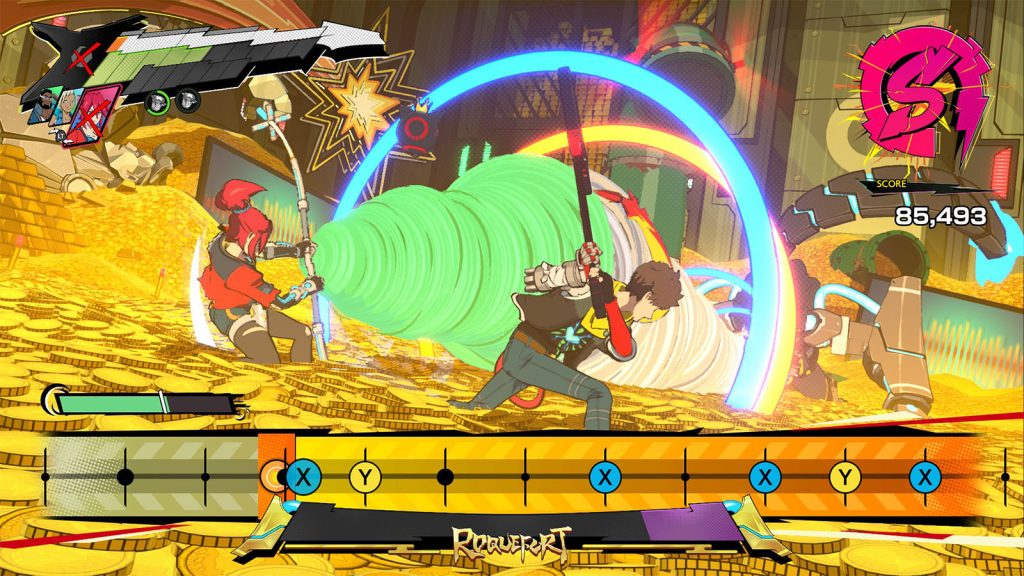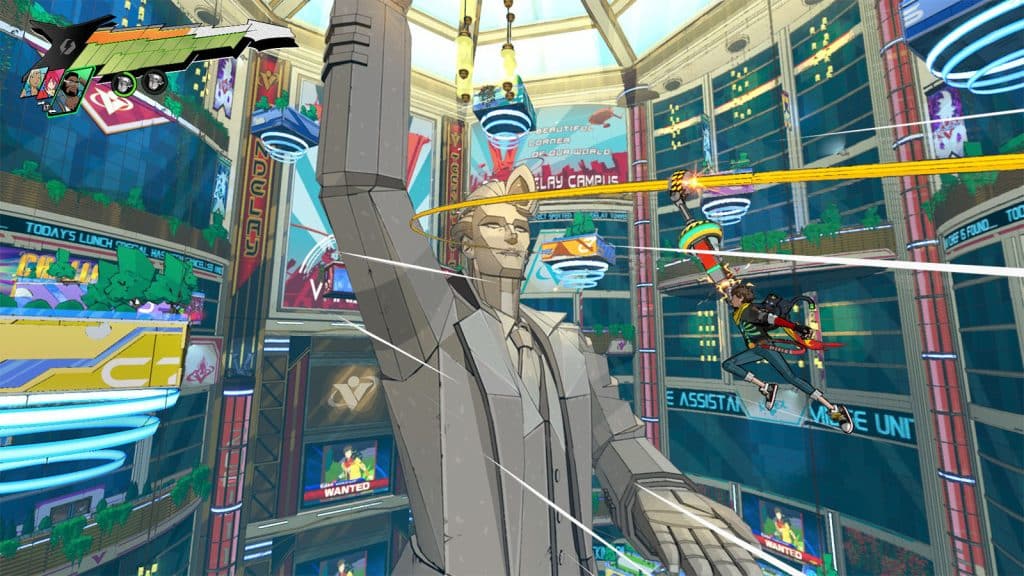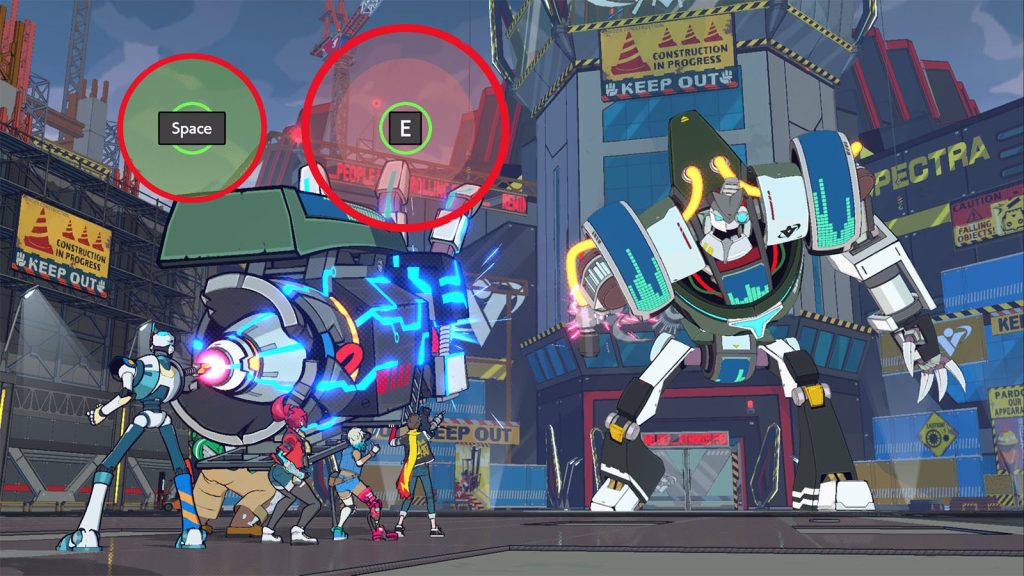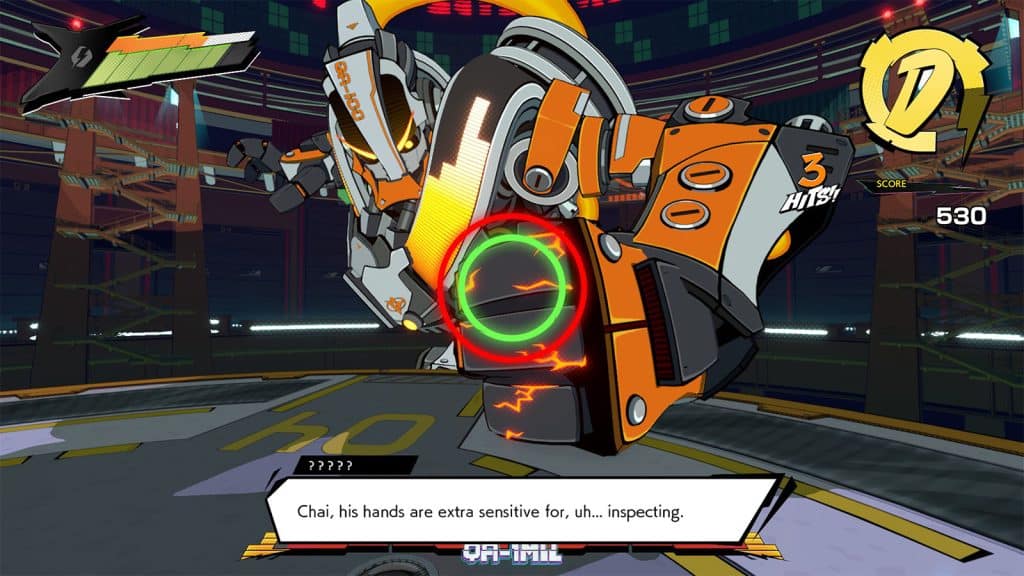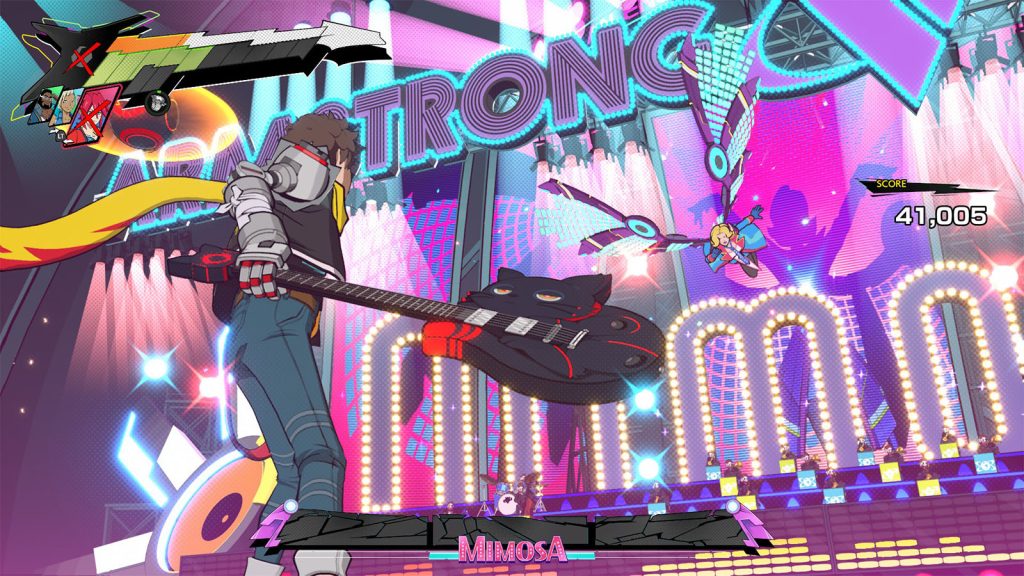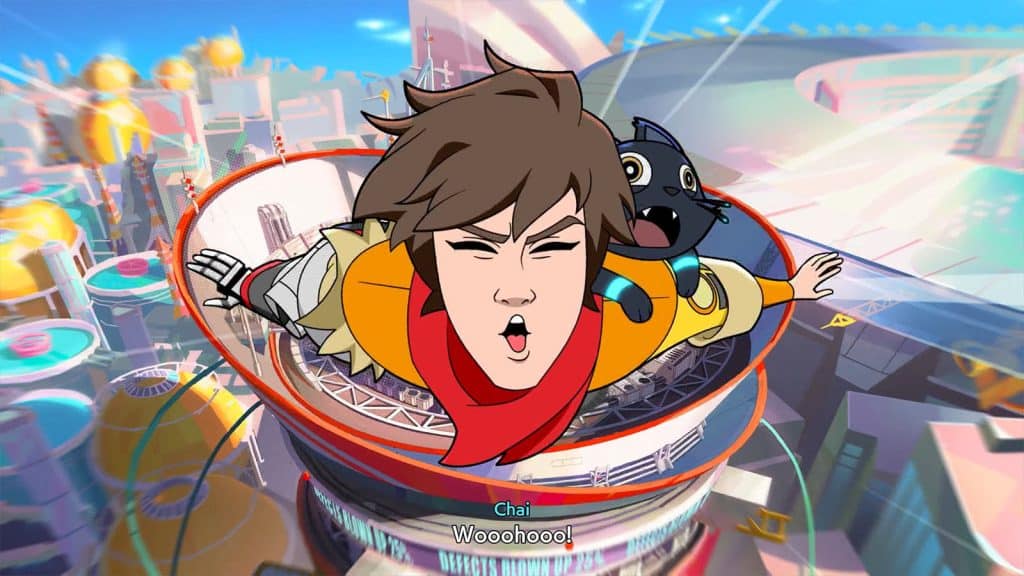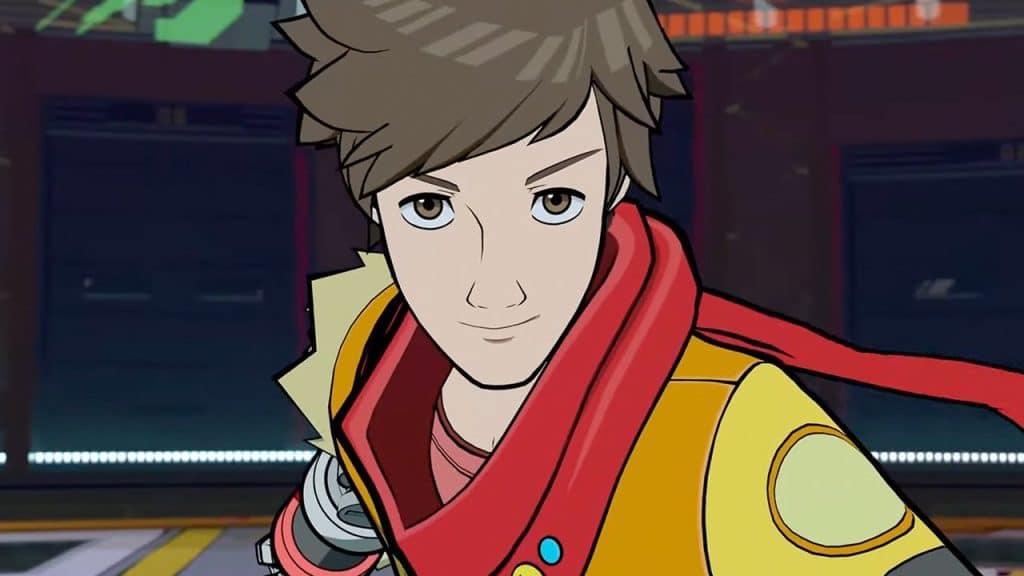Hi-Fi RUSH is one of the recent games that literally came out of nowhere, and despite being a game that had no prior marketing, it gained a lot of buzz and it also garnered a generally good reception from gamers. I got highly interested in the game, so I wanted to know what the buzz was all about and see for myself if the game was really worthy of its praise.
Hi-Fi RUSH was developed by Tango Gameworks and was published by Bethesda Softworks. I remember when the game was just announced, the fact that it was a game made by the same people who made horror games like the two The Evil Within games and the more recent Ghostwire: Tokyo game, plus that same fact being emphasized by a lot of people, it kind of gave people a sense of a vague expectation of what the game would provide. “How would an action rhythm-based game that was made by people who generally made horror games turn out?” was basically what most people, including me, thought when we first heard of this game. It sure did add to the curiosity of trying the game out.
Let’s start off with a quick rundown of the premise of the story. We play as Chai, the protagonist nobody-turned-hero of the game. Not much has been made known as to who he was or how he ended up with a broken arm, but his ambition to become a rockstar pushed him to get his own mechanical prosthesis from Vandelay Corp. Due to his mischievous sneaking and some unexpected turn of events, he somehow got his MP3 player fused along with his new prosthetic arm. This allowed him to sense the beat of the world, and thus made his every move follow along with those beats.
However, Chai has been identified as a reject that should be terminated by Vandelay Corp’s Quality Assurance, and so he is on the run. He then meets 808, a cybernetic cat, and its creator, Peppermint. Chai then learns that Peppermint is planning to take down Vandelay Corp’s current head, Kale Vandelay, for his plans to use the technology to control every person that gets an implant or prosthetic. Being the only one with the unique ability, Chai accepts to help Peppermint. As you go through the different departments and fight their respective heads, you’ll also meet more allies that would make the difficult task a bit more manageable.
The entire story of Hi-Fi RUSH isn’t really unique and mind-bending as it’s just your usual zero-to-hero story where the hero gets stronger as more bosses are defeated. But what made this story work is its writing and how it is presented through the characters’ lines. It’s simply just light-hearted and most of the comedic timing is on point. I’d say I had fun from start to end, just watching through the characters interact with one another. It’s not just the protagonists who get this praise, but even the bosses were written to have their own distinct characters. Sure, the jokes may seem cheesy to some, but they generally fit the entire cartoony vibe that the game is going for.
Hi-Fi RUSH’s gameplay is one of the things that stood out the most. It’s not the first and only rhythm-based action game out there, but the way that it is presented is what makes this game one of the best amongst the genre, maybe even *the* best. For half of the levels, you will have Chai go jump on platforms and grapple on hooks as he explores the different departments. On the other half, you will be fighting against the robots that have been ordered to stop you.
Personally, the combat part is the most fun part as it allowed me to just go whomping on the enemies as I try to stay on beat and pull combos. Fights also got tricky especially when I got surrounded by enemies and they bombarded me with attacks from all sides, so I had to stay on top of my dodges and really work parries into my combos. Despite how crazy chaotic some fights turned out, never once did I experience that the enemies violated the rule and struck out of beat, and I found that very important.
The level designs were generally straightforward, with just some detours that would lead to hidden powerups and more currency for upgrades. I do understand that sticking to a straight path keeps the momentum and flow for this beat-based game, but I did kind of find it inconsistent when it came to “side quests”. Maybe it was just me not paying attention that much, but I think I only encountered one side quest throughout the entire game, if it can even be called a side quest. Then again, it wasn’t something that took me out of the main objective of the level for even a minute. Still, I did kind of find it odd.
As for replayability, the game set it up so that players would still have a bit more reason to go through the levels for at least one more run. There are locked doors throughout the facilities that can only be opened either by having the right companion unlocked, or finding the right key item. There are also in-game achievments which rewards more currency and reveals a piece of the hideout’s mural. Of course, hardcore speedrunners will have something more to work on by setting time records on clearing levels, plus there is a mode called Rhythhm Tower that can only be accessed once the main story has been completed.
The visuals of the game was done right. The environment was so colorful and the cartoon art style not just fit the experience, but it was also wonderfully done. The main gimmick of seeing the world move to the beat was also done right; just enough assets in the environment were made to move to the beat so that it didn’t turn into an overwhelming sight. I also really dig the character designs for being just cohesive and memorable enough while not going overboard from being too extravagant.
As for the music, I would like to mention my appreciation for adding the Streamer Mode and still being able to jam to the songs in it. Honestly, I am not that familiar with most of the copyrighted songs, but that did not hinder me from enjoying them as I play through the levels. I’d say most of the songs were fun to play through except for one which took me a bit of time to get the vibe play-wise, but I’d chalk that up to just me not being that familiar with the song.
One more thing that I would like to give the game praise is its accessibility options, specifically the rhythm visualizations. It allowed individuals to still enjoy the game even if they are hearing impaired or are struggling to follow audible beats.There’s also the Auto-Action Mode and the Single Key Rhythm Mode that just allows the game to be enjoyed by a lot more players who may have issues with their motor skills.
For the game’s performance, it was a smooth experience from start to end with not even noticeable hiccups, so the game gets a very high remark for that from me. I played it on my rig that’s not the most updated when it comes to today’s average standards, and I believe it’s what also helped the game get praise from a wider audience despite being exclusive to PC and the current gen Xbox consoles.
Overall, I give Hi-Fi RUSH a very high score for being able to give me a very fun and satisfying experience. The game length was just right so the story didn’t feel like it got padded out unnecessarily. The game progression, although it was straightforward, still gave a sort of a customization factor when it comes to the unlockable skills. The combat was really engaging that it didn’t become frustratingly hard, at least on the Hard difficulty level that I played the game on.
We can argue that the game also got some advantage from being shadow-dropped which didn’t give people the chance to set expectations before playing the game, and that it came out in a time when some of the AAA releases had rocky receptions. But personally, I believe that even without these factors, Hi-Fi RUSH would still stand out and be known as the enjoyable game that it is. So kudos to the people behind Hi-Fi RUSH, it was really evident from the game itself that it was a labor of love and I’m glad to see such a game be made in this era. If you haven’t tried out Hi-Fi RUSH yet, I highly recommend that you do; you won’t regret it.



